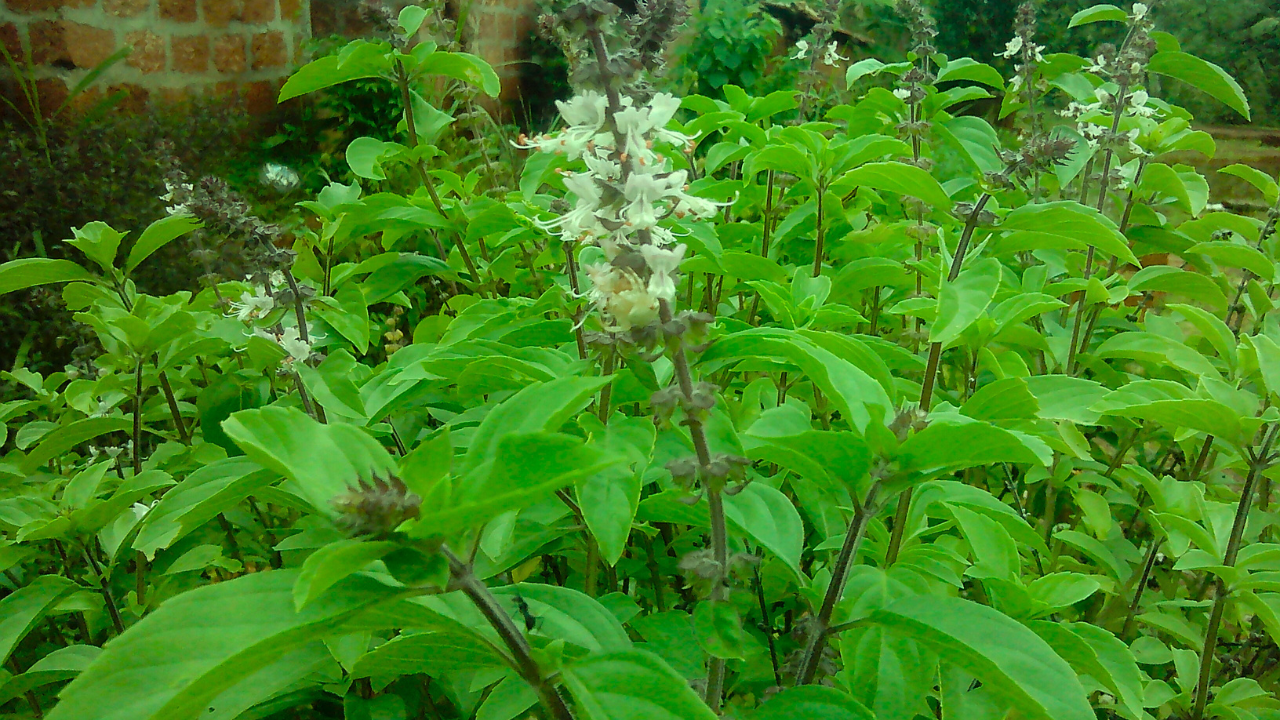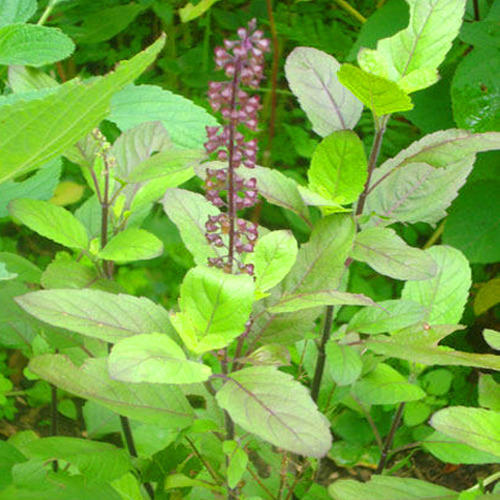Learn the secrets to successfully planting Tulsi Rama seeds! Our simple guide covers everything from choosing the right pot to harvesting your fragrant leaves. Grow your own piece of peace today!
Grow Your Own Sacred Tulsi Rama Plant (Easy Step-by-Step Guide)
Tulsi Rama, also known as Holy Basil, holds a sacred place in Hindu culture and is revered for its spiritual and medicinal properties. Growing your own Tulsi Rama plant can be a deeply rewarding experience, allowing you to connect with nature and enjoy the many benefits this revered herb has to offer.
Understanding the Sacred Tulsi Rama Plant
Tulsi Rama, or Ocimum sanctum, is a species of basil native to the Indian subcontinent. It is widely cultivated for its aromatic leaves, which are used in cooking, herbal medicine, and religious ceremonies. In Hindu tradition, Tulsi is considered a sacred plant and is often grown in temple courtyards and homes for its spiritual significance.
Selecting the Right Tulsi Rama Seeds or Seedlings
When choosing Tulsi Rama seeds or seedlings, it's essential to select varieties that are well-suited to your climate and growing conditions. Look for reputable suppliers who offer high-quality seeds or healthy seedlings. Some popular varieties of Tulsi Rama include Krishna Tulsi, Rama Tulsi, and Vana Tulsi.
Buy the Tulsi Rama Plant Seeds | Herb Seeds now!
Preparing the Planting Site
Tulsi Rama thrives in warm, tropical climates and prefers well-drained soil with plenty of sunlight. Choose a location in your garden or balcony that receives at least six hours of sunlight per day. Prepare the soil by mixing in organic matter such as compost or aged manure to improve fertility and drainage.
Planting Tulsi Rama Seeds or Seedlings
Planting Tulsi Rama seeds or seedlings is relatively straightforward. If starting from seeds, sow them directly into the soil or pots at a depth of about 1/4 inch. Keep the soil moist but not waterlogged, and germination should occur within a week to ten days. If using seedlings, transplant them into the prepared soil, spacing them about 12 inches apart to allow for proper growth.
Caring for Your Tulsi Rama Plant
Tulsi Rama requires regular watering to keep the soil consistently moist but not waterlogged. Water deeply at least once a week, or more often during hot, dry weather. Provide adequate sunlight by placing the plant in a sunny location or using grow lights if growing indoors. Fertilize sparingly with a balanced organic fertilizer every four to six weeks during the growing season.
Managing Pests and Diseases
Like other plants, Tulsi Rama is susceptible to pests and diseases, including aphids, spider mites, and fungal infections. Monitor your plants regularly for signs of pest infestation or disease, and take prompt action to control them using organic methods such as neem oil spray or insecticidal soap. Avoid using chemical pesticides, as they can harm beneficial insects and pollinators.
Harvesting and Using Tulsi Rama
You can start harvesting Tulsi leaves once the plant reaches a height of about 6 to 8 inches. Pinch off individual leaves or stems as needed, taking care not to remove more than one-third of the plant at a time. Tulsi leaves can be used fresh or dried for culinary purposes, such as making herbal teas, soups, and sauces. They are also valued for their medicinal properties and are used to treat a variety of ailments, including coughs, colds, and digestive issues.
Cultural and Spiritual Practices
In addition to its culinary and medicinal uses, Tulsi Rama plays a central role in Hindu culture and spirituality. Many people grow Tulsi plants in their homes or temples and perform daily rituals such as watering the plant, lighting incense, and chanting prayers. Tulsi is believed to have purifying properties and is often used in religious ceremonies and festivals, such as the worship of Lord Vishnu and Goddess Lakshmi.
Conclusion
In conclusion, growing your own sacred Tulsi Rama plant is a wonderful way to connect with nature, enjoy its many benefits, and deepen your spiritual practice. By following the easy step-by-step guide outlined in this article, you can successfully cultivate Tulsi Rama in your garden or home and reap its rewards for years to come.

FAQs
-
How long does it take for Tulsi Rama seeds to germinate?
- Tulsi Rama seeds typically germinate within a week to ten days under optimal conditions.
-
Can Tulsi Rama be grown indoors?
- Yes, Tulsi Rama can be grown indoors as long as it receives plenty of sunlight and is provided with well-drained soil and adequate water.
-
What are the medicinal properties of Tulsi Rama?
- Tulsi Rama is valued for its anti-inflammatory, antimicrobial, and antioxidant properties and is used to treat a variety of health conditions, including respiratory infections, digestive issues, and stress-related disorders.
-
Is Tulsi Rama easy to care for?
- Yes, Tulsi Rama is relatively easy to care for and requires minimal maintenance once established. With proper watering, sunlight, and occasional fertilization, it will thrive in most garden or indoor settings.
-
How often should Tulsi Rama be pruned?
- Tulsi Rama can be pruned as needed to promote bushy growth and prevent it from becoming too leggy. Aim to prune it regularly to maintain its shape and encourage new growth.


